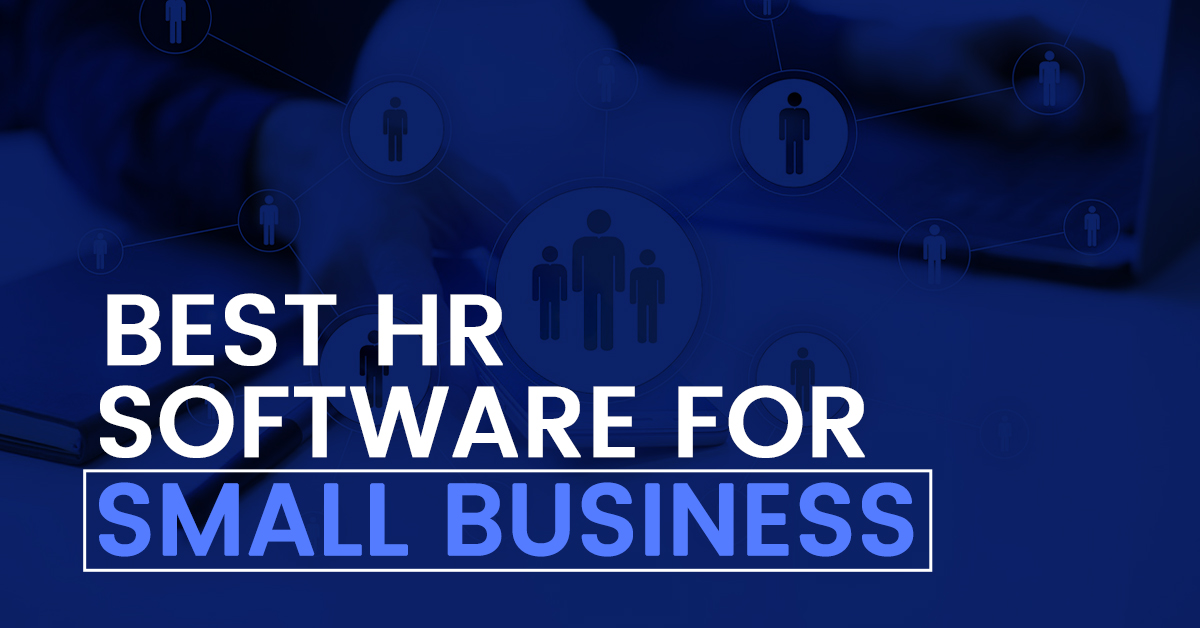
6 Best HR Software for Small Businesses
There is no denying the usefulness of technology to the 21st-century organization, and what better department to tap into this resource than the Human Resource
Home » HR & Talent

There is no denying the usefulness of technology to the 21st-century organization, and what better department to tap into this resource than the Human Resource
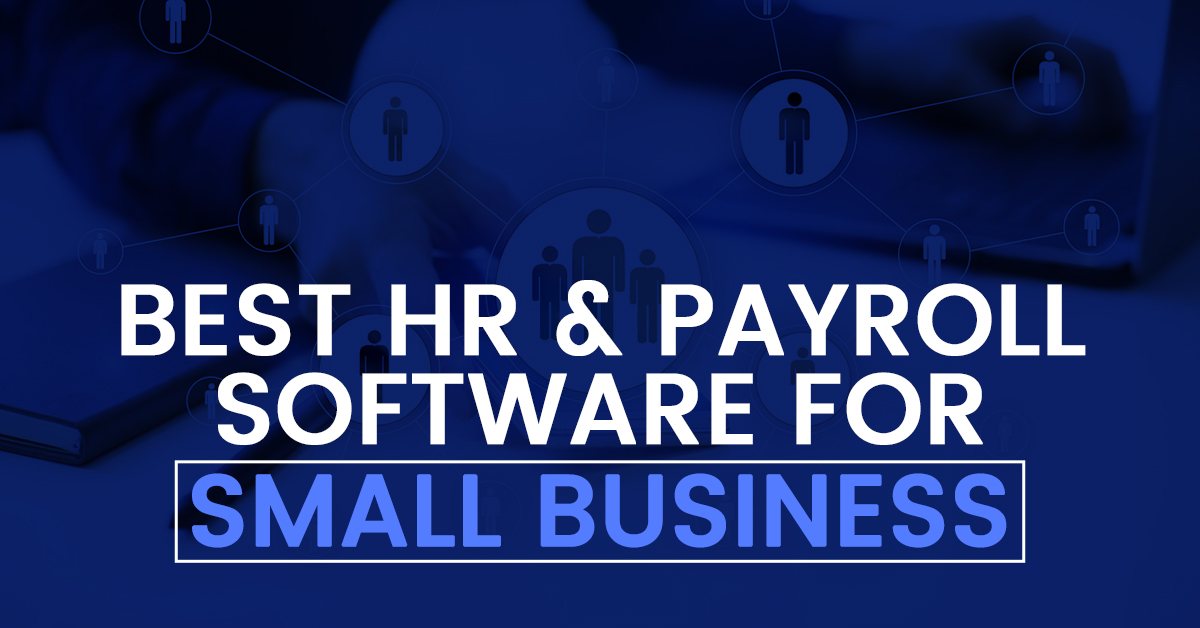
Small businesses need the payroll software to keep their operations running smoothly. From trying to keep track of employee hours, deductions, and tax payments. It
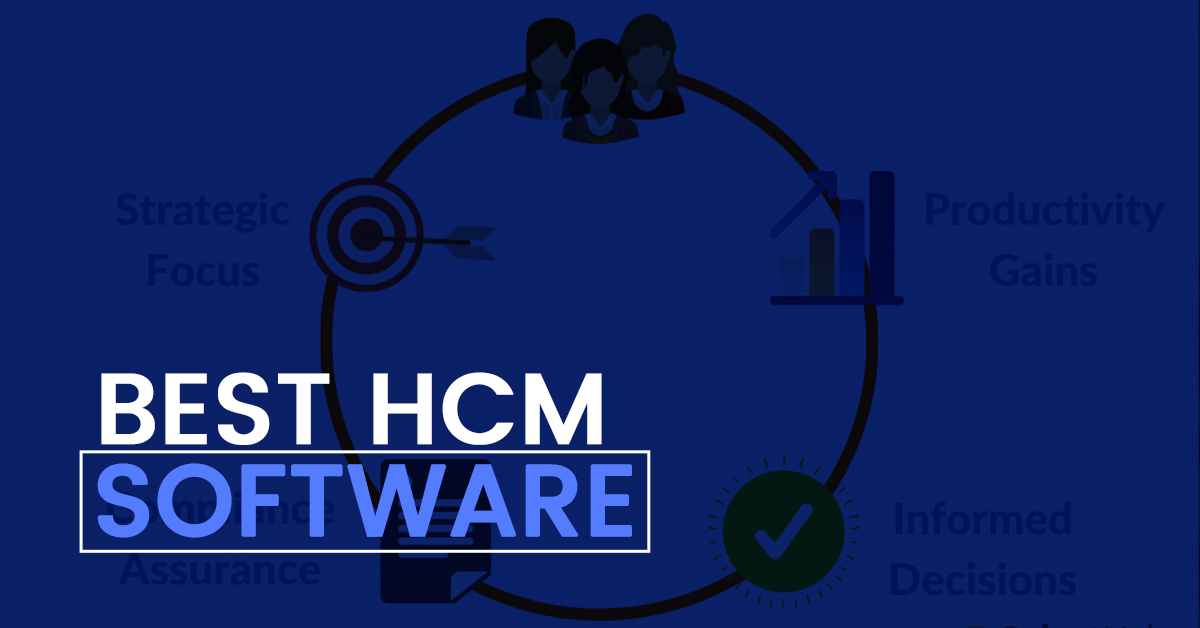
The business world has seen a rise in large-scale productivity and transparency between HR (Human Resources) and employees in today’s economic environment and this is
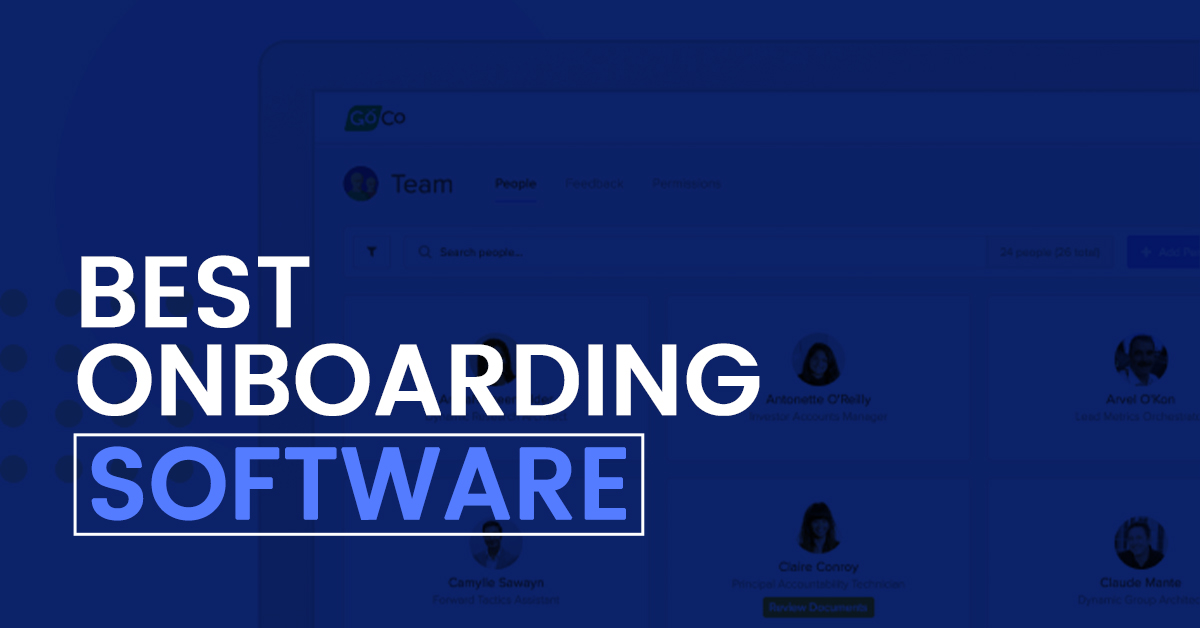
If you’re a business owner, then you know that onboarding new employees can be a daunting task. There are so many things to remember, and
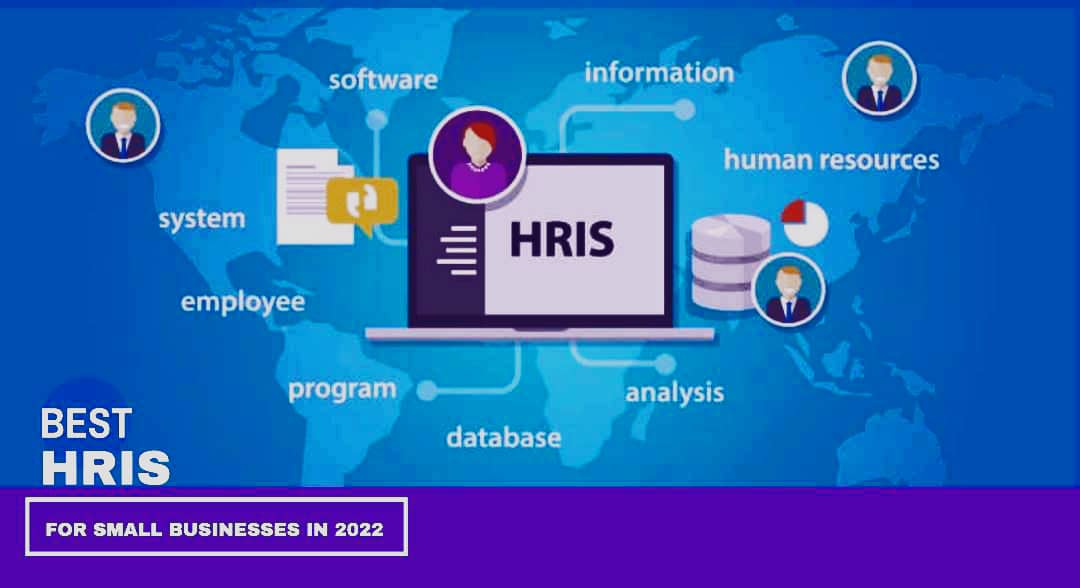
As your small business grows, you must start thinking about managing your human resources. A Human Resources Information System(HRIS) can be a valuable tool in
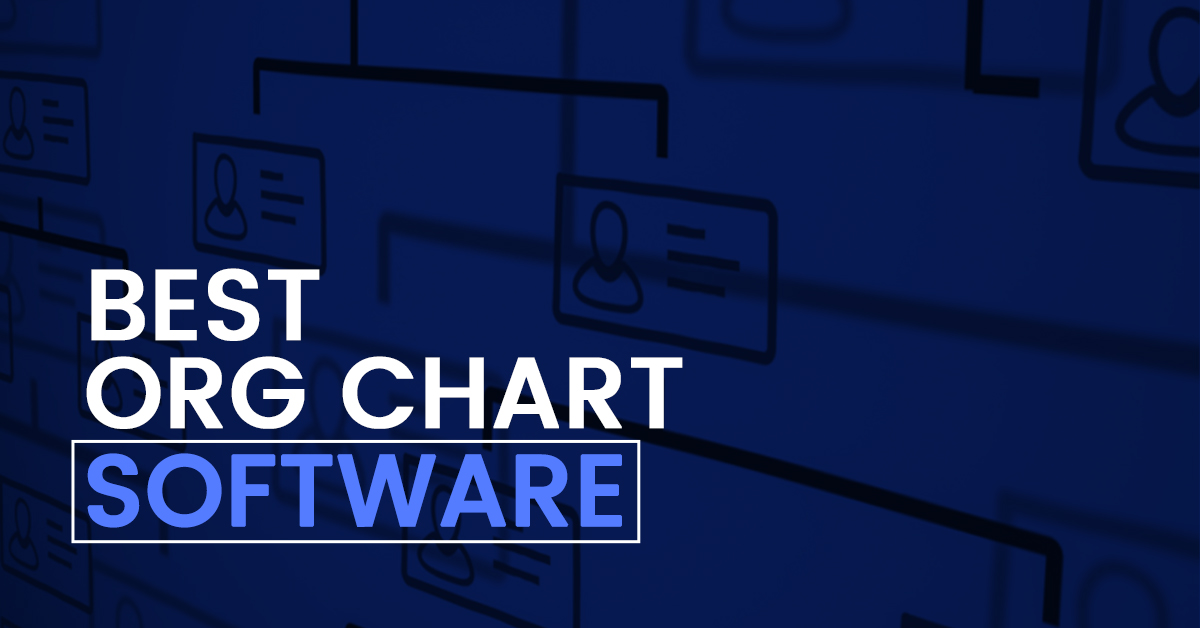
You can easily create a diagrammatic business structure that reflects all your employees with an org chart software. It produces a stunning graphical representation of
HR (human resources) and talent software are technology solutions to help organizations manage their human capital more effectively. These software systems are used by HR professionals, recruiters, and managers to streamline various HR functions and talent management activities. The goal is to keep them engaged and, of course, happy.
From HR Management Systems that make employee data management a breeze to applicant tracking systems that streamline the recruitment process, there’s something for your business:
These software systems help manage HR functions such as employee data, payroll, and benefits administration.
ATS helps automate the recruitment process by managing job postings, resume screening, and candidate communication.
These software systems are used for managing employee training and development programs and are used in the human resources field.
Performance management systems help track and evaluate employee performance, set goals and objectives, and provide feedback.
These software systems offer a comprehensive set of HR and talent management tools, including recruitment, performance management, learning and development, and succession planning.
This software helps streamline the new employee onboarding process, including completing paperwork, setting up payroll, and introducing them to company culture and policies.
Employee Engagement Software
These software systems help measure and improve employee satisfaction, engagement, and retention through surveys, feedback, and recognition programs.
As an organization looking to manage your talents and other human resources, there is a wide range of benefits from these dedicated applications. Here are some of the key advantages:
Talent management tools automate many administrative tasks. They reduce the time and effort you require as an HR person to manage these tasks manually. This can help HR professionals and managers focus on more strategic tasks, such as developing and retaining talent.
For example, performance management software can provide insights into employee productivity. They can help identify areas where improvements can be made.
This software can facilitate communication and collaboration between HR professionals, managers, and employees. It can provide new hires access to training materials and help them connect with their colleagues.
HR applications can improve the employee experience in many ways. They can provide self-service options such as requesting time off or updating personal information. This can help employees feel more empowered and engaged in their work.
| Feature/Capability | Description |
|---|---|
| Applicant Tracking System (ATS) | Tracks and manages job applications and candidate information throughout the hiring process. |
| Job Posting and Distribution | Ability to post job openings on various job boards and social media platforms. |
| Resume Parsing | Automatically extracts information from resumes and saves it in a structured format. |
| Candidate Relationship Management (CRM) | Manages communication and interactions with candidates throughout the hiring process. |
| Interview Scheduling | Schedules and coordinates interviews with candidates and hiring managers. |
| Onboarding | Streamlines the onboarding process for new hires, including paperwork and training. |
| Performance Management | Manages and tracks employee performance, including goal setting, performance reviews, and feedback. |
| Learning and Development | Provides training and development opportunities for employees, including courses and learning management systems. |
| Succession Planning | Identifies and develops high-potential employees for future leadership roles within the organization. |
| Analytics and Reporting | Provides insights and metrics on recruitment and hiring processes, employee performance, and other HR-related data. |
Generally, the pricing models for HR and talent software fall into two categories: subscription-based and per-user pricing.
Subscription-based pricing models typically require a monthly or annual fee for access to the software. The size of the organization and the number of users who will be using the software determine the price. For larger organizations with more users, subscription-based pricing can range from several hundred to several thousand dollars per month or year. For small businesses, subscription-based pricing models can go from around $50 to $200 per month.
Per-user pricing models charge a fee for each user accessing the software. This pricing model can be more cost-effective for smaller organizations with fewer users. But it can become quite expensive for larger organizations with many employees. Typically, the cost per user can range from a few monthly dollars to over $100.
From Workday HCM to Oracle HCM Cloud, here are what we think are the most popular software products in the HR and talent management field:
BambooHR is, without a doubt, the best HR software designed for small to medium-sized businesses.
With its simple and intuitive interface, BambooHR offers features such as applicant tracking, onboarding, time and attendance tracking, performance management, and more. It also integrates with other HR tools such as payroll and benefits administration like Checkr and Lattice.
These allow the platform to provide a complete HR solution. BambooHR is very affordable. Pricing starts at $6 per employee per month. But you can also start using it for free, thanks to the free trial.
Workday HCM is a top-rated cloud-based HR and talent management software thousands of organizations use worldwide.
With its modern and user-friendly interface, it offers features such as core HR management, benefits administration, payroll processing, talent acquisition, performance management, and more.
Workday HCM also offers advanced analytics and machine learning capabilities. It enables HR teams to make data-driven decisions. Workday HCM pricing varies depending on the size of the organization and the features required.
ADP Workforce Now is a leading HR and payroll software for small to mid-sized businesses. It offers features such as time and attendance tracking, benefits administration, employee onboarding, performance management, and more.
It allows your organization to focus on its core business. ADP Workforce Now pricing starts at $62 per month. That makes it an affordable option for smaller companies.
SAP SuccessFactors is a comprehensive cloud-based HR software many large organizations use for human capital management.
With its powerful analytics and reporting capabilities, SAP SuccessFactors enables organizations to make data-driven decisions and improve their HR processes.
SAP SuccessFactors pricing starts at $85 per user per year. When you break it down monthly, it’s an affordable option like BambooHR. There’s also a monthly option for $8 per month.
Oracle HCM Cloud is another feature-rich and cloud-based HR software designed for large enterprises. It offers features such as global HR, payroll, talent management, and workforce management.
With its robust security features and scalability, Oracle HCM Cloud is a trusted solution for many large organizations. It also offers a mobile app for employees and managers, enabling them to access HR information on the go.
Oracle HCM Cloud pricing starts at $4 per user per month, making it one of the most affordable for organizations.
Integrations are crucial for human resources and talent tools to work effectively with other tools and systems that organizations use. Here are some essential integrations you should incorporate:
Integrating with payroll systems will ensure that employee data is up-to-date. It enables organizations to process paychecks, taxes, and benefits more efficiently.
For instance, it helps to manage job postings, resumes, and candidate tracking in a centralized system, making the recruitment process more efficient.
Integrating HR and talent software with a learning management system helps organizations to manage employee training and development. It enables organizations to create and deliver training courses, track employee progress, and evaluate the effectiveness of training programs.
While human capital tools have revolutionized the way HR departments manage their operations, there are some potential issues that organizations may face. Here are a few:
Integration of HR and talent software with other enterprise systems can be challenging, and data migration can be a significant obstacle. It can be costly and time-consuming, especially for larger organizations with complex IT systems.
HR and talent software contain sensitive employee data, such as social security numbers, personal addresses, and performance reviews. If the software is not adequately secured, it can be vulnerable to data breaches. This can lead to significant reputational and financial damage.
Adopting new HR and talent software can be difficult. Employees may require significant training and support to use the system effectively. If the software is not user-friendly or intuitive, employees may resist the change, reducing productivity and employee engagement.
HR and talent software can be costly, especially for small to mid-sized organizations. The cost of software licensing, implementation, and ongoing maintenance can add up quickly. This makes it challenging for some organizations to justify the investment.
Like any software, HR and talent software are prone to technical problems and bugs. These can cause significant disruptions to HR operations. Organizations may need to invest in additional technical support to address these issues.
The world of HR and talent software is rapidly changing, with new trends constantly emerging. To keep up with the competition, organizations need to stay on top of the latest developments. So, what’s trending in the world of HR and talent software?
As we move into the digital age, the power of AI and machine learning is being leveraged in HR and talent software like never before. By integrating AI and ML technology, organizations can automate and streamline many HR processes, freeing up time and resources to focus on more critical tasks.
Employee experience is a growing trend in HR and talent software, focusing on improving the overall employee experience through personalized learning, development, and feedback. EX software includes tools for pulse surveys, employee engagement tracking, and recognition and reward programs.
As more employees work remotely or on the go, mobile-first HR and talent software are becoming more popular. These solutions provide mobile access to HR information and workflows, including benefits, payroll, and performance management.
DEI is a growing priority for many organizations, and HR and talent software is evolving to support these efforts. DEI software includes tools for unconscious bias training, diverse candidate sourcing, and inclusive language analysis.
Predictive analytics is a trend in HR and talent software, enabling organizations to use data to make better-informed HR decisions. Predictive analytics can be used for workforce planning, turnover prediction, and succession planning.
Here are some software and services related to HR and Talent software:
Technology solutions that help organizations manage employee compensation, taxes, and other financial transactions related to payroll processing.
Onboarding software is a technology solution that helps organizations streamline and automate welcoming and integrating new employees into the company culture and workflows.
An HCM software is a solution that helps organizations analyze and improve employee satisfaction, motivation, and productivity.
Human resources software, also known as HR software, is a type of technology solution designed to help organizations manage their HR-related tasks and processes more efficiently
Software that helps organizations manage employee data, track time and attendance, and automate HR processes such as benefits administration and performance management.